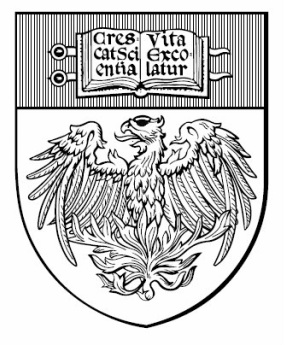 Not Harry Potter's Order of the Phoenix
Not Harry Potter's Order of the Phoenix This quote has often been attributed to Mara Angelou, but according to Quote Investigator that's not supported by factual evidence, although it certainly feels like something she would say.
Regardless of who first said it or wrote it, I think it applies to libraries as well as people. Our sense of a library as a place—welcoming or not—our sense of a library as an entity—benevolent, embracing, dynamic—makes all the difference in the world as to whether we decide to spend any of our increasingly precious time on Earth in that place. We can talk about circulation statistics and the sheer number of things: volumes in the catalog and e-book downloads and reference requests and library cards issued and meeting rooms booked and programs sponsored and computers with Internet access and maker spaces, but I believe that it's how a patron feels when he or she is inside the library that will determine how often that patron will return.
Classic example: me and Regenstein Library (my loathing of which I detailed in an earlier post).
I freely admit that I have a love/hate relationship with the University of Chicago. I love to hate it and I hate to love anything about it.
(Internal argument rages:
Better angel: Oops, that just slipped out. Maybe I should delete it?
Less-than-better angel aka lil' devil: No, let it stand, let those feelings out! After all, they won't be asking you to give a book talk on that campus any time soon...)
There is, uhhmm, was my fondness for Harper Memorial Library, but now that's so over... I guess it's just some library that I used to know...
On my recent visit to the storied campus in Hyde Park, besides being confronted by the atrocities committed at the library formerly known as Harper (Prince-like symbol to follow), I also felt compelled to take a stroll across the quad to once more face my bête noire, Regenstein Library.
Face to face with the beast
And then we were inside the beast.
And she's not singing "Fever."
Is that all there is?
If that's all there is my friends...."
And it has books (what a concept)...
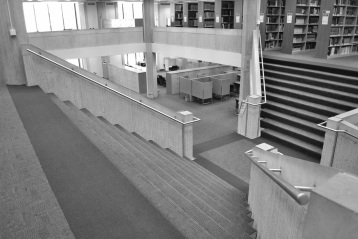 Regenstein interior (this is a color photograph)
Regenstein interior (this is a color photograph) Old Joe Regenstein was a life-long resident of the city of Chicago and a major industrialist who made his fortunes in the paper, plastic and chemical fields. After his death in 1957, his foundation donated $10,000,000 toward a new graduate research library. After the groundbreaking in 1967, the library was completed and dedicated in 1970. The library actually was built on the site of the original Stagg Field, the University's athletic field from 1892 to 1967. It's also the spot where Enrico Fermi and his Big Bang Theory type buddies achieved man's first controlled, self-sustaining, nuclear chain reaction on December 2, 1942. Whence sprang the atomic bomb and the Oppenheimer quote... "I am become Death... the destroyer of worlds." And to think it all began in a squash court. (There's a classic bronze Henry Moore sculpture called—what else?—"Nuclear Energy" plunked down on the western edge of the 12-acre site. Depending on your angle of viewing, it resembles a mushroom cloud or a misshapen skull, both of which are totally apropos.)
But some things never change...
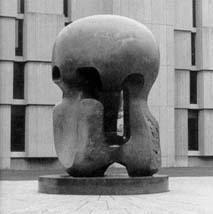 Henry Moore, Nuclear Energy
Henry Moore, Nuclear Energy Yes, the fluorescent lights still drone with an annoying vibrato (perhaps like an irradiated mosquito would sound) and the HVAC system still permeates the silence with its heavy breathing, like a pervert on the other end of the phone line. And all that limestone fashioned to look like concrete is still a vast stretch of one shade of gray (if it was a Crayon it would be called "Depression"). And even the carpet seems like a hard surface.
But on this day... on this day something seemed... different. It felt... different. I felt... different.
Interior monologue:
Oh wait, I'm not a student there anymore...with the weight of all that entails pressing down on my head and my shoulders. No wonder I feel so... light... so free!
I'm just visiting!
And that makes all the difference in the world.
Buzzed... in a good way
Alas, just a HVAC fan in desperate need of some WD-40.
But that's a topic for another blog post because...
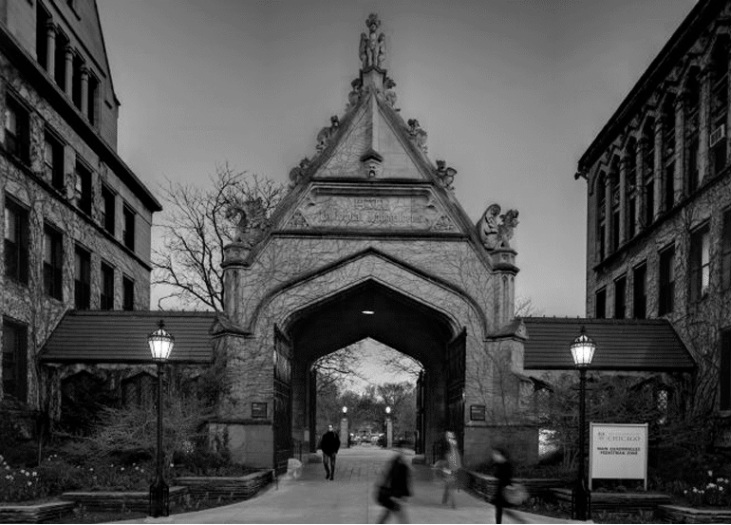
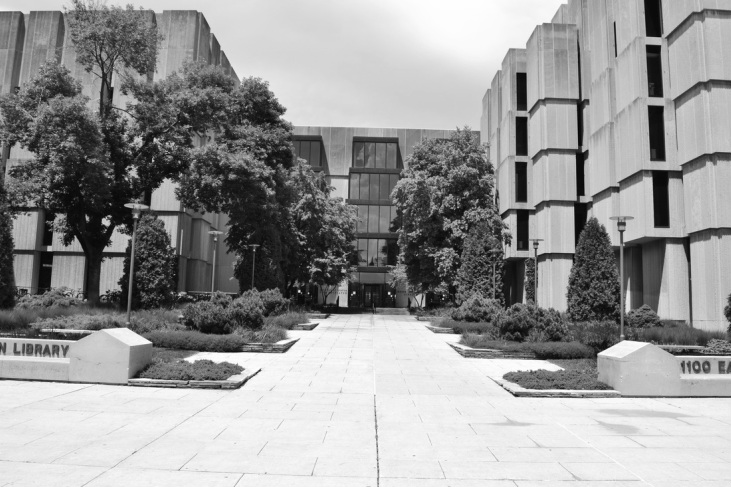


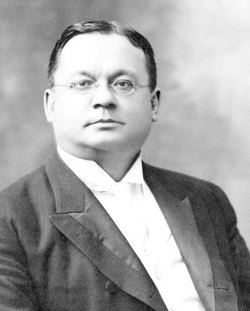
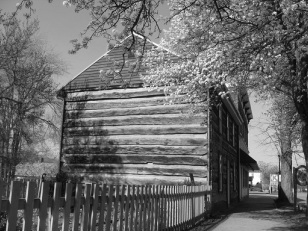
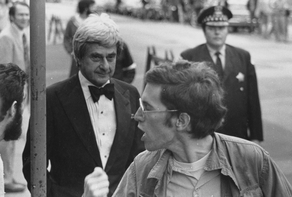
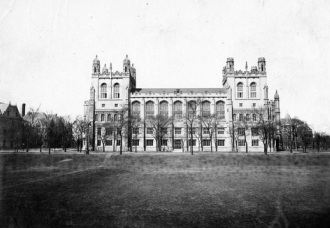
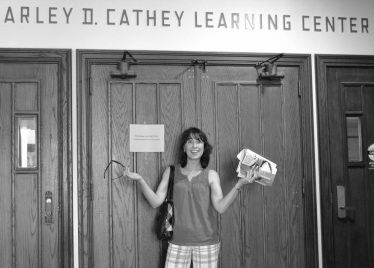

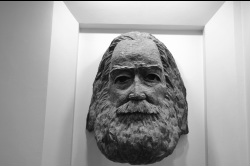
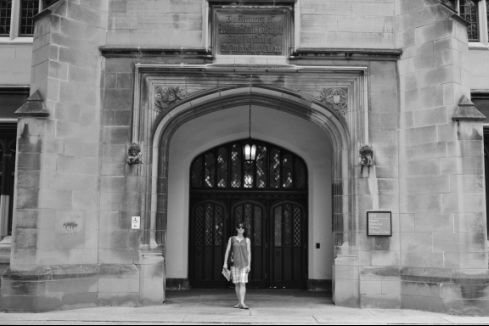
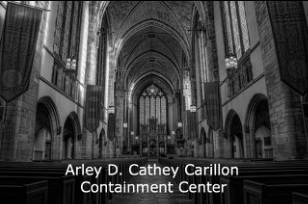

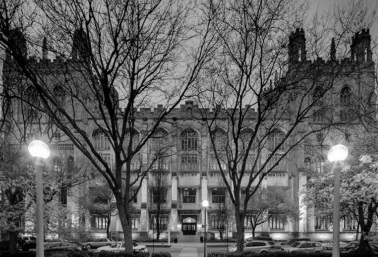
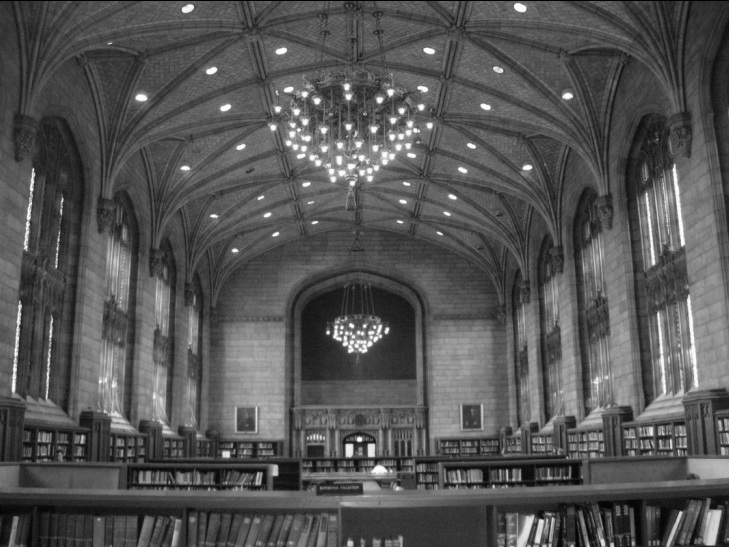
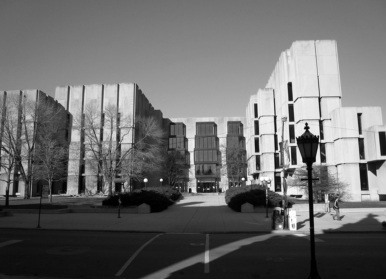
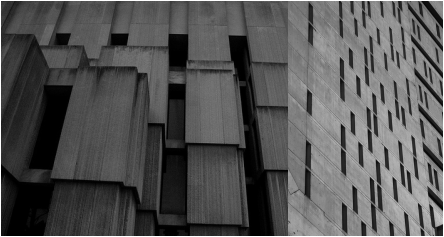
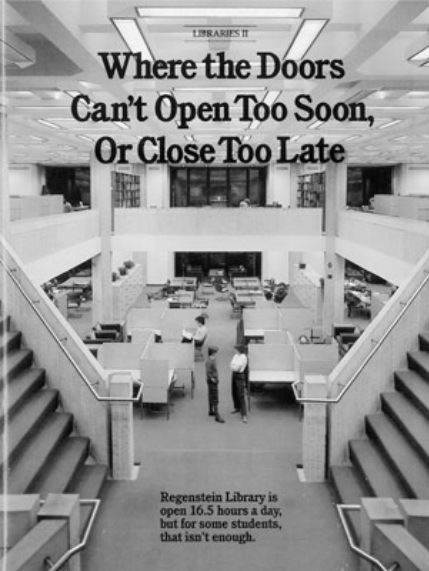


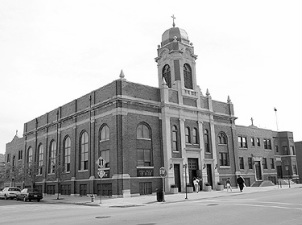

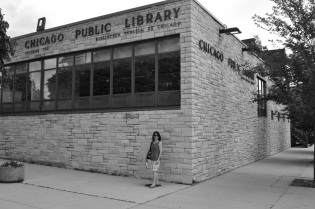


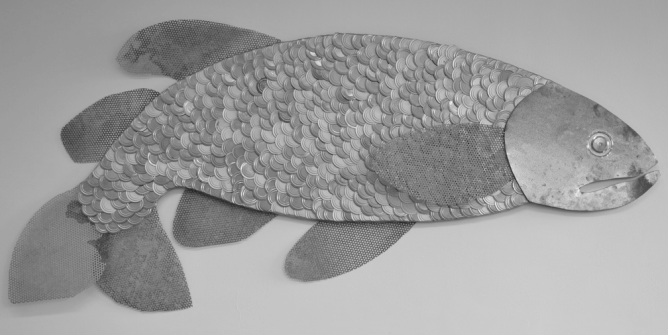

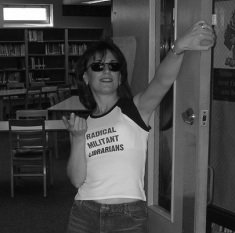

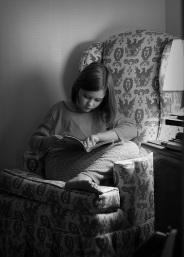
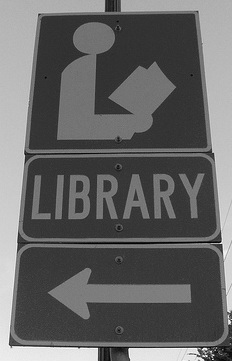
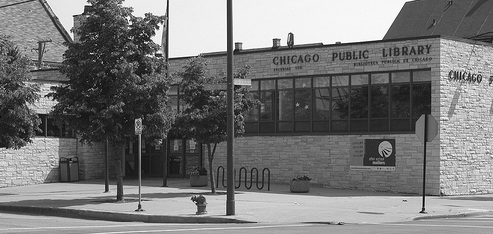
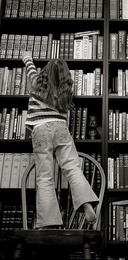
 RSS Feed
RSS Feed